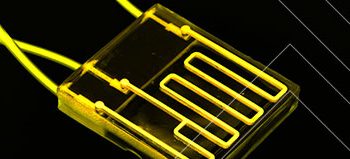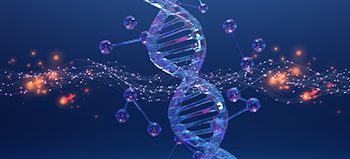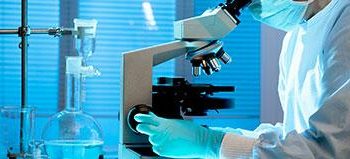According to research report the global in vitro toxicology testing market is projected to reach USD 8.74 billion by 2022 from USD 6.34 billion in 2017, at a CAGR of 6.6% during the forecast period. Factors such as opposition to animal testing, advent new and promising technologies, and increasing R&D expenditure to detect toxicity at an early stage are driving the growth of this market.
In this report, the market is segmented on the basis of products & services, toxicity endpoints and tests, industry, technology, method, and region. On the basis of product, the in vitro toxicology testing market is segmented into assays, services, and reagents. The services segment is projected to grow at the fastest rate owing to the rising trend of outsourcing of in vitro toxicity tests by small and medium-sized pharmaceutical and cosmetics companies due to lack of infrastructure and expertise and the difficulty in procuring of reagents required for every target.
Speak to Analyst: https://www.marketsandmarkets.com/speaktoanalystNew.asp?id=209577065
Based on toxicity endpoints and tests, the market is categorized into ADME, skin irritation and sensitization, genotoxicity, cytotoxicity, ocular toxicity, organ toxicity, phototoxicity, dermal toxicity, carcinogenicity, neurotoxicity, and other toxicity (ecotoxicity, reproductive and developmental toxicity, and endocrine disruptors). Organ toxicity is expected to grow at the highest rate during the forecast period. Factors such developments in 3D cell culture, organoid models, organ on-chip methods are driving the growth of this segment.
Based on Industry, the in vitro toxicology testing market is segmented into pharmaceuticals & biopharmaceuticals, cosmetics and household products industry, food industry, and chemical industry. The cosmetics and household products industry is estimated to grow at the highest CAGR during the forecast period. Factors such as strict opposition to animal testing for cosmetics and household products by various nations and marketing bans on products tested on animals are contributing to the growth of this market.
Based on technology, the in vitro toxicology testing market is segmented into cell culture technology, high-throughput technology, cellular imaging technology, and toxicogenomics. The toxicogenomics is estimated to be the fastest growing segment during the forecast period due to factors such as the growing importance of predictive testing, increasing databases to facilitate to study toxicity pathways, increase in R&D to study implications of toxicity through the omics approach, are contributing to the growth of this segment.
Based on method, the in vitro toxicology testing market is segmented intoCellular assays, biochemical assays, and ex vivo models. In 2017, the ex vivo models segment is expected to grow at the highest CAGR during the forecast period due to factors such as the method effective alternative to animal testing for the toxicity testing of cosmetics and household products; the increasing use of testing for cardiotoxicity, nephrotoxicity, hepatotoxicity, and lung toxicity; preferred study models due to accurate representation of tissue complexity; and wide-scale adoption in pharmaceuticals and cosmetics that are contributing to the growth of this segment.
Download Brochure: https://www.marketsandmarkets.com/pdfdownloadNew.asp?id=209577065
Geographically, Europe is expected to dominate the market in 2017 with highest market share in the in vitro toxicology testing market. The APAC region is expected to register the highest CAGR during the forecast period. The high growth of this region can be attributed to the rising government support and increasing number of collaborations between foreign pharmaceutical companies and local research laboratories in the region. Additionally, this is backed by the growing number of CROs owing to the economic benefits offered by the region.


